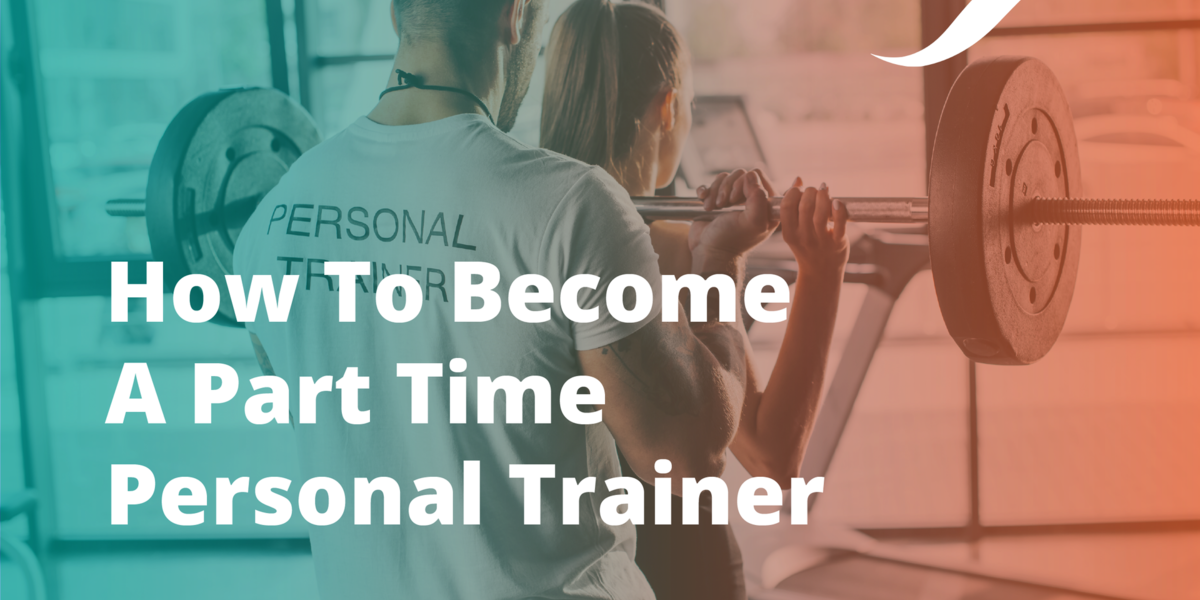
There are many different ways to get your personal training continuing education. Look at the NFPT (ISSA), NASM, and NSCA. These organizations have a variety of different programs to choose from and many of them are free of charge. You can advance your career by choosing the right program.
NFPT
The NFPT is a certification and continuing education organization for fitness professionals. The certification program is based on the fundamental principles of fitness science and back-to-basics training. The program can be taken anywhere in the world and is free. The program includes an exam that tests communication skills, training program design, anatomy &physiology, and fitness.
As a member of the NFPT, you will need to complete several courses every year to keep your certification valid. These courses are available online for most of them. They generally last 60 to 90 day depending on what your schedule allows. Many courses are free of charge, which is a significant savings over other certs. To test your knowledge on new material, members can take free online retests offered by the NFPT.

NASM
The NASM personal trainer certification program is based upon scientific research and expert fitness experience. The program aligns directly to occupational competency standards. The curriculum is divided into separate modules that cover human movement science, nutrition, and movement assessments. Students are taught how to build integrated training programs using NASM OPT. It is possible to create a highly qualified personal training program that will help clients achieve their goals.
Online courses and workshops are available. Each format comes with its pros and con. The following five courses provide a mixture of online and in person workshops.
ISSA
The ISSA personal training certification course is an excellent way to become a certified personal trainer. It is available online at a cost of $595 plus $25 S&H. ISSA also offers free support via phone and online, as well as study materials. The ISSA exam can be used to obtain the CPT certification. Every two years, trainers must renew their certification.
The Fast Track program can help you become an ISSA trainer. This course takes just four weeks to complete and is great for those looking to quickly jump start their career. You must be 18 years or older and have current CPR/AED certificate. This course is thorough and will allow you to become a certified personal training instructor in no time.

NSCA
As a certified personal trainer, you will need to complete NSCA personal training continuing education to maintain your certification. You can either do it online or you can take a proctored examination. You have unlimited time to complete the 200-question course. The test is based both on practical application and scientific principles. It mimics the actual certification exam. Whether you decide to take an online course or a proctored exam, it's essential to know the material thoroughly before taking the exam.
The NSCA offers a range of programs that will help you improve your certification. There are many seminars available that will improve your knowledge and skills. You can also choose to attend live workshops and network with other fitness professionals to gain further information about the industry.
FAQ
What happens if my sleep is not enough?
Lack of sleep means that your brain does not receive enough signals to regulate hormones. You may also gain weight and overeat. Lack of sleep also increases stress levels, which can lead to overeating.
Is it necessary to eat before exercising?
No. No. However, if you're hungry after working out, you might want to snack on something light like fruit or yogurt.
Why is physical fitness important?
It is essential to maintain our physical health. For our health to be healthy, we need to exercise often. Exercise is also good for our sleep, stress reduction, self-esteem and energy throughout the day.
Statistics
- According to the Centers for Disease Control and Prevention, chronic diseases cause 7 out of 10 deaths in the U.S., and treating chronic diseases accounts for 86% of U.S. healthcare costs. (mana.md)
- In high-income countries, 26% of men and 35% of women were insufficiently physically active, as compared to 12% of men and 24% of women in low-income countries. (who.int)
- One study showed that adults who watch more than 4 hours of television daily had an 80% higher risk of death from cardiovascular disease. (heart.org)
- Globally, 81% of adolescents aged 11-17 years were insufficiently physically active in 2016. (who.int)
External Links
How To
How to Burn Belly Fats Quicker
Belly Fat is often considered a problem for those who want to lose weight. But if you think about it, Belly Fat is actually a good thing. Your organs are protected from being damaged by excess belly fat. Let's now see how to quickly lose belly fat.
Stress and inactivity are two of the major factors that cause us to store body fat. Because stress stimulates the release of cortisol hormone, it makes us hungry all the time. Cortisol levels are increased by insulin. The insulin then stores extra calories as fat. Insufficient sleep can lead to an increase in appetite and adrenaline release. These extra calories can also be reduced by exercise
There are many ways to reduce belly fat. Depending on your budget, you can try each one. These are some ways to quickly lose belly fat.
-
Reduce the amount of food you eat. Don't eat three large meals at once. You will eat less calories in general.
-
Drink plenty of fluids. Water flushes out toxins, and keeps your body hydrated. Also, drinking water before every meal will keep you feeling full longer so you won't overeat.
-
Avoid eating unhealthy snacks. If you're looking for quick fixes, snack foods like chips, cookies, candies, etc. This might be tempting. But avoid these fattening treats as they contain lots of empty calories and too much sugar. Choose healthy options like whole grains, fruits, vegetables, nuts, seeds and nuts.
-
Strength training should be done at least three times per week. Strength training builds muscle mass that burns more calories, even when it is done while you rest. Strengthening your bones, muscles as well ligaments, joints, tendons, heart and lungs.
-
Walk or stretch regularly. Stretching improves flexibility and mobility which can reduce back pain. Walking can help you burn calories.
-
Reduce alcohol intake. Your diet is empty of calories, and alcohol has no nutritional content.
-
Reduce your weight gradually. Finding out your current weight is the first step in losing weight. Then, add 5% to 10% to your body weight to get your ideal weight. Once you have calculated your target body weight, you can begin to cut calories by 500-1000 calories every day until your goal is reached.
-
Avoid processed foods. These foods are high-in salt, sugar, as well as preservatives. These processed foods are often convenient, but they lack enough nutrients for good health.
-
Don't skip breakfast! Breakfast is good for your concentration, memory, and energy. Breakfast should contain protein (like eggs), fibre (like oats), as well as complex carbohydrates (like oatmeal).
-
Have regular bowel movements. Constipation or irregularity can lead to gas and bloating. Drink plenty of water to prevent gas and fiber ingestion.